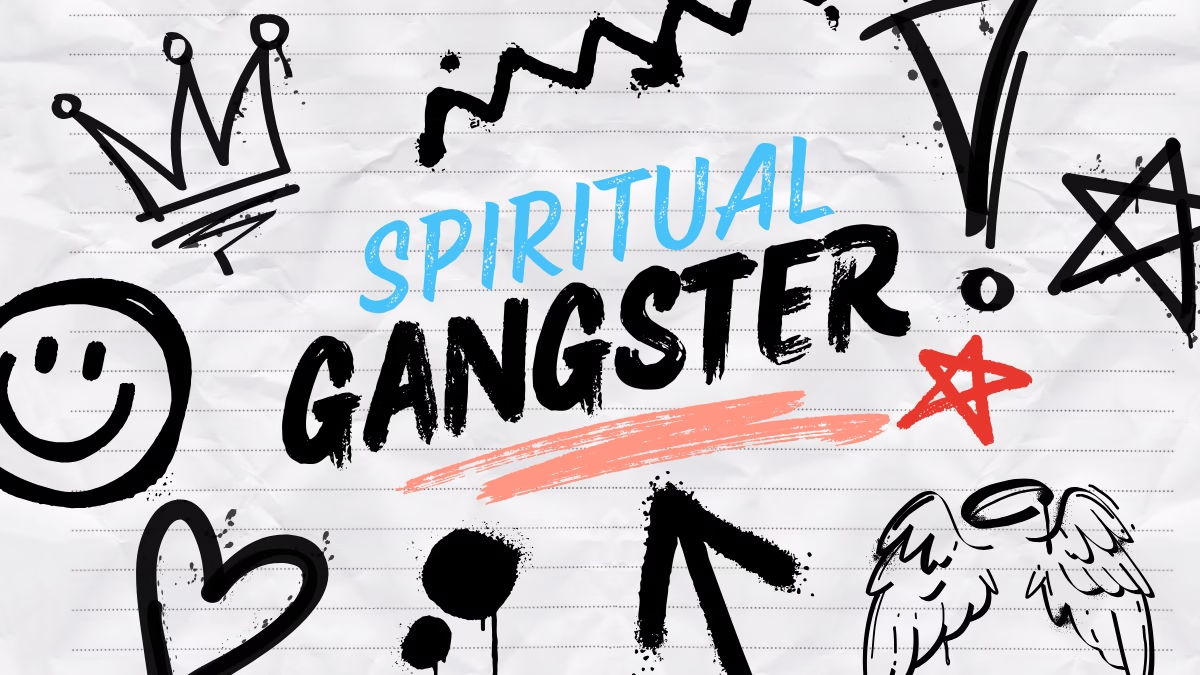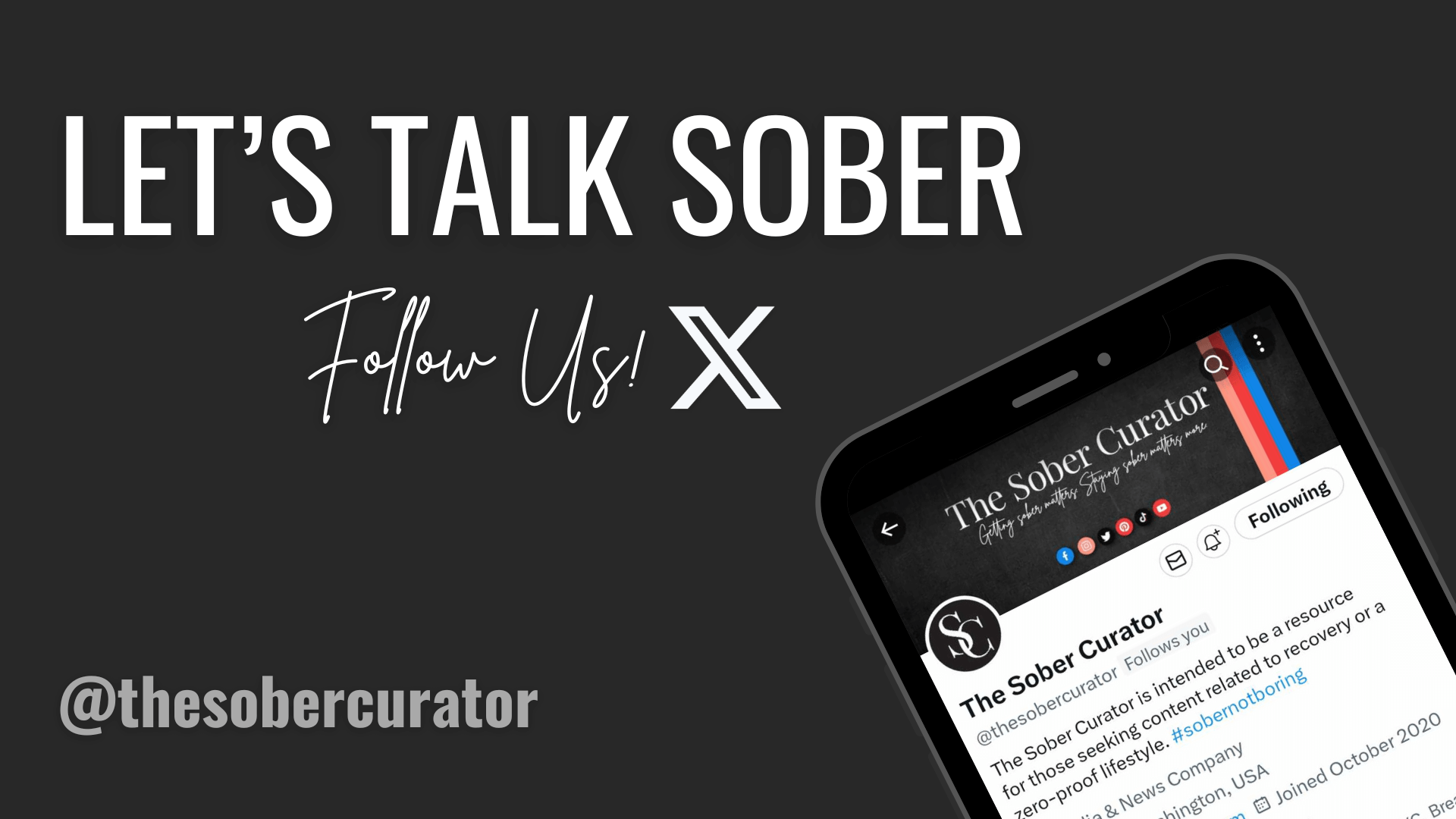
Classy Problems is a daily post of thinking in motion by Dan T. Rogers. Each post stands alone as a thought-provoking piece, yet together, they create a puzzle of ideas. They invite you to see things from a different angle, rethink what you thought you knew, and explore what’s beyond your current understanding.
Classy isn’t just a read: it’s a practice. Read, listen, and join us for Classy Problems Live, a 15-minute, live virtual conversation held Monday through Thursday at 12:15p PT, where we gather to reflect on the Classy Problems post of the day. No need to prep. Just connect, explore, and reflect.

The Rules We Run On
In our house, we don’t talk about values.
We talk about rules.
Values are important.
Rules are easier to remember.
Especially when we’re small,
or feeling small,
when emotions are big.
We’ve got three.
Always in the same order.
- Family First.
It’s not about our little unit.
It’s about putting theboss’ family first.
It’s about how we think.
How many people are in this room?
How many people are in this town?
What is the largest number of people I can hold in my head?
What’s the right thing to do based on that?
We don’t make plans to exclude each other.
We don’t get so wrapped up in our own details that we forget:
We are all in this together.
It’s a design constraint. - Always Do Your Best.
It’s not about perfection.
It’s about how we decide.
We check in with ourselves:
What would the best version of me do?
What would the person I want to become do?
What does my best look like right now?
It’s not a scoreboard.
It’s a mirror. - No Quitting.
It’s not about pushing at all costs.
It’s about how we act.
We can change our mind.
We can stop with intention.
We don’t quit without finishing.
Stopping is allowed.
Quitting is unplanned.
It’s a checklist.
These are the rules we run on.
When we are in our home.
When we are out in the world.
In the systems we build together.
They’re simple.
Turns out they scale too.
They shape how we show up.
I am not suggesting you use our rules.
I am asking you to consider having your own.
Make them fit your family.
Or your team, or your group.
Or whatever we call more than one of us nowadays.
Make them repeatable.
Make them livable.
The point isn’t to get the right rules.
The point is to have rules for when things get to be too much.
Name what matters to you.
Call them your rules.
Rules help me come back to us.
From there, I move forward as we.

Awareness Loops
I thought I was making progress.
Felt like momentum.
Looked like commitment.
I called it growth.
It was a loop.
I couldn’t see the pattern.
That’s a loop. A pattern I haven’t seen.
Yet.
When I’m not aware I’m repeating
instead of evolving.
Reacting, not reviewing.
Moving, not shifting.
The loop was disguised
as action.
As urgency.
As responsibility.
I wasn’t choosing.
I was defaulting.
Like having the same conversation
with different people,
expecting a different outcome.
Calling it collaboration.
It’s repetition without reflection.
The loop of reactivity instead of progress.
Motion confused with movement.
Conviction without question.
What helps me reframe
is naming the pattern.
Interrupting the autopilot.
Asking:
What is this reaction built on?
What is the belief underneath this move?
The loop doesn’t break itself.
It has to be named.
Reviewed.
Rewritten.
Not all progress is forward.
Sometimes, it’s in the return to the next version of next.
To awareness.
To agency.
To what’s indicated.

Demonstration or Performance?
I thought I was making progress.
Felt like momentum.
Looked like commitment.
I called it growth.
It was a loop.
I couldn’t see the pattern.
That’s a loop. A pattern I haven’t seen.
Yet.
When I’m not aware I’m repeating
instead of evolving.
Reacting, not reviewing.
Moving, not shifting.
The loop was disguised
as action.
As urgency.
As responsibility.
I wasn’t choosing.
I was defaulting.
Like having the same conversation
with different people,
expecting a different outcome.
Calling it collaboration.
It’s repetition without reflection.
The loop of reactivity instead of progress.
Motion confused with movement.
Conviction without question.
What helps me reframe
is naming the pattern.
Interrupting the autopilot.
Asking:
What is this reaction built on?
What is the belief underneath this move?
The loop doesn’t break itself.
It has to be named.
Reviewed.
Rewritten.
Not all progress is forward.
Sometimes, it’s in the return to the next version of next.
To awareness.
To agency.
To what’s indicated.

Radical Change Requires Radical Stability
I tell myself I’m showing up.
Doing the right thing.
For the right reasons.
I call it integrity.
It’s image.
It looks aligned.
It feels clear.
I’m curating.
The version of me that looks good.
Not the one that is good.
I stopped demonstrating.
I started performing.
Told myself it was for the mission.
I was doing it for the moment.
To look good instead of living good.
Sometimes theboss’ will looks good.
Most of the time,
it doesn’t.
It’s misunderstood.
Invisible.
Hard to explain.
Even to myself.
It is indicated. That’s it.
Like staying in the work
when the results don’t match the sacrifice.
Still showing up.
Still doing it.
Not for how it looks.
For what it’s for.
The loop of performance over demonstration.
Pushing for applause instead of pulling for alignment.
What helps me realign:
Am I more concerned with how this looks or what is indicated?
The will of theboss doesn’t need to look good.
It needs to be good.
I’m the only one who has to know the difference

Without Stability, We Spin
All of life is radical change.
It always has been.
It always will be.
The myth of every age is this is most radical time in history.
That our challenges are uniquely complex.
That our pace is somehow unprecedented.
That our urgency is somehow exceptional.
It’s not.
Radical change isn’t new.
What’s new is that we’re trying to handle it without a counterbalance.
We used to have rhythm.
We’ve never had balance.
We have had rhythm.
We had sabbath.
Seasonality.
Built-in pauses.
Permission to be slow.
Daily rituals that returned us to ourselves.
We had community norms that constrained overwork.
Faith traditions that centered practice over productivity.
Workdays that ended with the sun.
Evenings warmed by the glow of the fire.
These weren’t perfect.
They weren’t even idyllic.
They were patterned.
They were the thunder after the lightning.
They didn’t stop the change.
They gave it resonance.
They provided us space to feel the shift.
Process it.
Integrate it.
To shift.
Radical change is lightning.
Sudden. Brilliant. Unpredictable.
It lights everything up and then disappears.
It shocks the system. It demands our attention.
Thunder is what gives it meaning.
Thunder is the return.
The low, grounded echo that says:
Yes, that happened. We’re still here.
We survived.
Without thunder, everything is flash.
No grounding. No rhythm. No meaning.
We’ve kept the lightning.
We’ve lost the thunder.
We’ve glorified the flash.
Abandoned the return.
This isn’t the most radical time in history.
It’s the one with the least built-in return.
We don’t need to slow the lightning.
We need to recover the thunder.
We don’t need to resist change.
We need to recover the rhythm that holds.
When the thunder is present
we do more than endure the change.
We integrate it.

Radical Return
Radical change isn’t the problem.
The problem is when there’s no rhythm to return to.
No thunder after the lightning.
No pause after the push.
Spin shows up when the return goes missing.
The longer we spin,
the harder it is to recover what holds.
We don’t need to slow the lightning.
We need to recover the thunder.
The rhythm that returns us
to ourselves,
to each other,
to what matters.
At the individual level, that return sounds like rest.
Not collapse. Not burnout.
The deliberate pause between effort and output.
The kind of pause that rebuilds.
At the team level, the return is cadence.
Consistent check-ins.
Shared rhythms.
Agreements that hold the group together
when energy fades and direction blurs.
At the system level, the return is structure.
The design constraints that let people be human
without having to hold it all themselves.
Rhythm isn’t where we stop.
It’s where we return.
Rhythm is the return.
Return is what holds.
Radical change doesn’t need resistance.
It needs rhythm.
Not to slow it down,
to make it meaningful.
To create space to make the connection.
Radical change requires radical stability.
Stability is in the return.

Intersection of Function and Purpose
Function is what something does.
Purpose is why it matters.
They don’t always align.
A tool can function without meaning.
A role can be used without intention.
A person can perform without direction.
That’s how we get stuck.
Doing what works
instead of what it’s for.
Confusing movement for mission.
I’ve performed the function.
Hit the marks.
Checked the boxes.
Delivered the result.
I was still wondering,
did it matter?
That’s the cost of function without purpose.
When they intersect.
When what I’m doing aligns with what it’s for.
That’s where meaning shows up.
That’s where action becomes impact.
Effort becomes intention.
Work becomes contribution.
This loop has a signature:
Misalignment between what I can do
and what I’m here to do.
What helps me realign:
Am I being used,
or am I being useful?
Is this function fulfilling its purpose?
Is this effort pointed at what matters?
The intersection of purpose and use
is where appropriate effort lives.
Where work becomes redeemable.
Where alignment creates impact.
Where intention moves the needle
closer to right.
Want more from us? OPT IN to our daily email and join our Classy Problems community. It’s where we abandon certainty in the pursuit of clarity, one interaction at a time.

Classy Problems is a daily post of thinking in motion by Dan T. Rogers. Each post stands alone as a thought-provoking piece, yet together, they create a puzzle of ideas. They invite you to see things from a different angle, rethink what you thought you knew, and explore what’s beyond your current understanding.
What is a classy problem? A classy problem is when we’ve been afforded the opportunity to figure out what to do. Time to figure it out. Time to practice. Time to discern. When faced with the time to figure out a classy problem, it is more effective to focus on what NOT to do than trying to figure out what to do. In a word: restraint. JOIN US in exploring the distinction between what to do and what not to do in the pursuit of clarity.


SPIRITUAL GANGSTER: at The Sober Curator is a haven for those embracing sobriety with a healthy dose of spiritual sass. This space invites you to dive into meditation, astrology, intentional living, philosophy, and personal reflection—all while keeping your feet (and your sobriety) firmly on the ground. Whether you’re exploring new spiritual practices or deepening an existing one, Spiritual Gangster offers inspiration, insight, and a community that blends mindful living with alcohol-free fun.

SOBERSCRIBE NOW!
Resources Are Available
If you or someone you know is experiencing difficulties surrounding alcoholism, addiction, or mental illness, please reach out and ask for help. People everywhere can and want to help; you just have to know where to look. And continue to look until you find what works for you. Click here for a list of regional and national resources.

Follow The Sober Curator on X, the artist formerly known as Twitter





